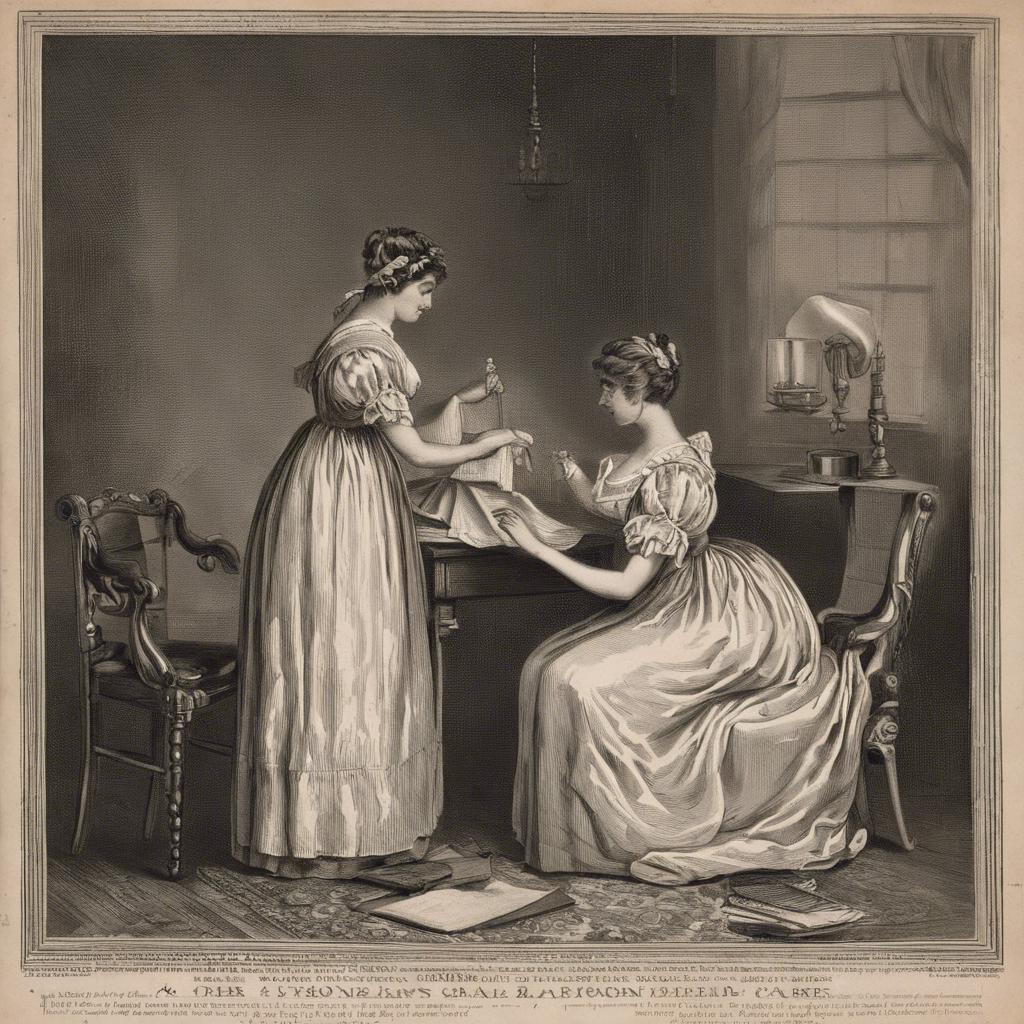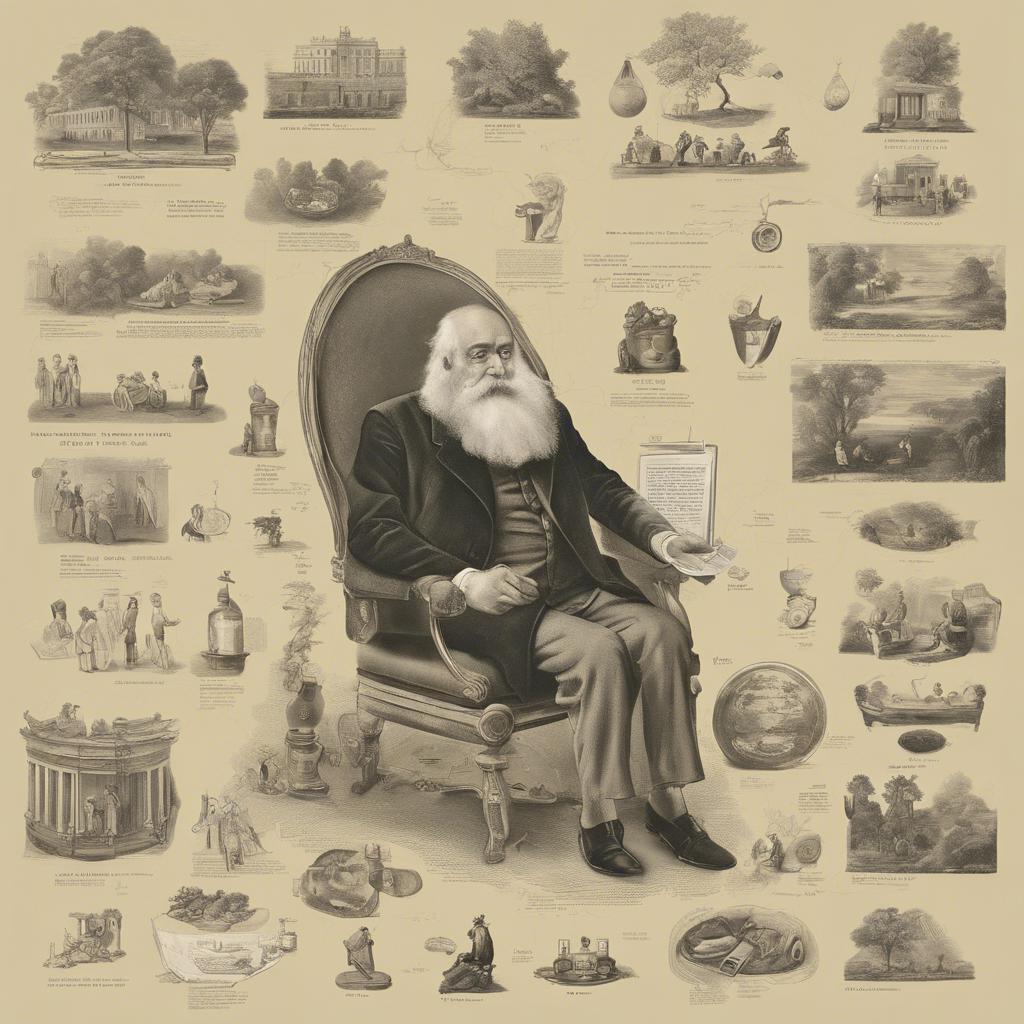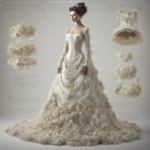In the regency era, proper personal hygiene and period care were of utmost importance for women throughout society. In a time marked by strict social etiquette and decorum, the management of menstruation was not only a matter of physical health, but also a reflection of a woman’s refinement and virtue. Join us as we delve into the intricacies of period care in the regency era, exploring the practices, products, and cultural attitudes that shaped this essential aspect of women’s lives during this illustrious period of history.
Step Into the World of Cheryl Bolen
Dive into the enchanting stories of love, intrigue, and elegance set in the Regency Era. Cheryl Bolen's novels offer timeless romance and captivating tales that will leave you wanting more.
Explore Cheryl Bolen's Books Now
Regency Era Menstrual Care: A Look into Historical Practices
During the Regency Era, menstrual care was a topic that was shrouded in secrecy and discretion. Women during this time relied on various methods to manage their periods, often using homemade solutions and common household items.
Popular Practices for Menstrual Care:
- Reusable cloth pads made from materials like linen or cotton
- Menstrual aprons or belts to hold pads in place
- Herbal remedies such as chamomile tea for cramps
Challenges Faced:
- Lack of access to proper hygiene products
- Social stigma surrounding menstruation
- Limited understanding of menstrual health and hygiene
The Importance of Modesty in Period Hygiene during the Regency Era
In the Regency Era, the concept of modesty was paramount, even when it came to period hygiene. Women of this time period had to navigate the delicate balance of maintaining cleanliness during their menstrual cycles while adhering to societal expectations of modesty and propriety.
One of the key aspects of period hygiene during the Regency Era was the use of cloth menstrual pads. These pads were typically made from soft, absorbent materials such as linen or cotton. Women would carefully wash and reuse these pads, ensuring that they were both hygienic and cost-effective.
Furthermore, women during this time period would often wear multiple layers of undergarments to help conceal any signs of menstruation. These layers would also serve to protect their outer clothing from any potential leaks. Maintaining modesty in both appearance and behavior was of utmost importance to women in the Regency Era, even in matters as intimate as period care.
Regency Era Remedies for Menstrual Cramps and Discomfort
In the Regency era, women often turned to natural remedies to alleviate menstrual cramps and discomfort. These remedies, passed down through generations, were rooted in traditional knowledge and the healing properties of herbs and plants.
Herbal Infusions: Women would brew teas using herbs like chamomile, ginger, and peppermint, known for their calming and anti-inflammatory effects. These infusions were believed to help relax the muscles and reduce pain during menstruation.
Aromatherapy: Essential oils such as lavender and rosemary were commonly used to alleviate menstrual cramps. Women would inhale the soothing scents or apply diluted oils directly to the skin for relief from discomfort.
Cloth vs. Disposable: Choosing the Right Period Products in the Regency Era
During the Regency Era, women had to choose between cloth and disposable period products to manage their menstrual flow. Each option had its own set of advantages and disadvantages, making the decision a personal one based on individual needs and preferences.
Cloth:
- Reusable and eco-friendly
- Cost-effective in the long run
- Require regular washing and maintenance
Disposable:
- Convenient and easy to use
- Eliminate the need for washing and drying
- May be more expensive over time
The Conclusion
the women of the Regency era faced unique challenges when it came to period care. From the use of homemade cloths to the development of early commercial products, the methods may have evolved over time, but the importance of maintaining proper hygiene and comfort during menstruation remained constant. By exploring these historical practices, we not only gain a deeper understanding of the past, but also a newfound appreciation for the advancements in period care that we have today. May we continue to honor the resilience and resourcefulness of the women who came before us, as we strive to improve and embrace modern menstrual health.


